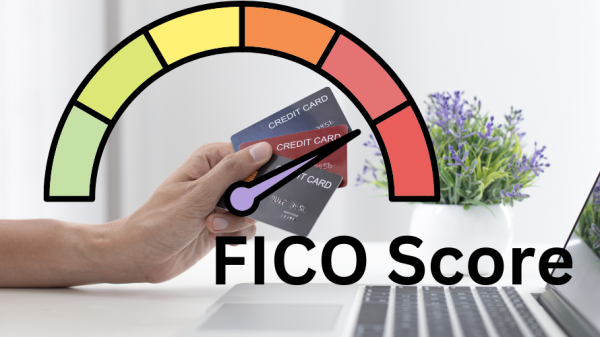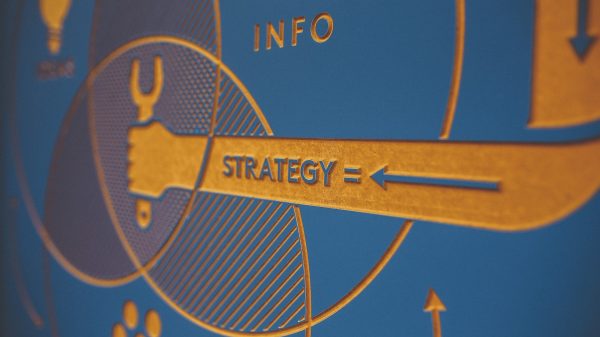Mortgage loan explained
One of the biggest loans we could ever apply for would be to buy a home or any other property. A loan intended for this purpose is called a mortgage loan or commonly referred to as a mortgage. The borrower uses this loan to obtain enough funds to purchase some property. The mortgage is also representing a secured loan because the loan is backed by collateral. Namely, loan repayment is guaranteed with the property. If borrowers default on the mortgage, the bank could repossess the property to cover the principal loan amount and accumulated interest and charges. One of the factors influencing the amount that the lender will be willing to lend for purchasing the property is the loan to value ratio.
The different types of mortgages could be separated based on their characteristics. Namely, the different types of mortgages have different characteristics in terms of:
- Whether the loans are backed by the government
- The type of interest rate they charge
- The maximum amount of loan available
- Approval guidelines they follow
- The terms of the loan
- Possible early repayment fees
- The purpose of the mortgage
- Geographical availability of the loans
- Borrowers level of income
Some of the basic types of mortgage loans available for borrowers are described next.
Types of mortgage loans
Conventional loans – are one type of mortgage loan available for borrowers. These loans are not insured by a governmental agency (such as the Federal Housing Administration). These loans could be either conforming or non-conforming loans.
Conforming loans – are loans that are following the underwriting guidelines defined by Fannie Mae and Freddie Mac. Fannie Mae stands for The Federal National Mortgage Association, and Freddie Mac stands for Federal Home Loan Mortgage Corporation. Both of which are Government Sponsored Enterprises (GSE). One of the most important guidelines defined is the maximum loan amount. The size of the loan is limited to $417,000. Location of the property influences the amount of loan available. The debt-to-income ratio should also be taken into consideration in accordance with the defined rules.
Non – conforming loans – unlike conforming loans, non-conforming loans don’t adhere to the guidelines defined by Fannie Mae and Freddie Mac. If you want to apply for a larger loan than those offered as conforming loans, you should apply for a non-conforming loan. One such loan is the jumbo loan.
Jumbo loan – is a loan offering a larger amount than the amount you could apply for under the guidelines of conforming loans. These loans can be used for home mortgages in excess of $417,000, thus used to purchase more expensive homes. Because of the risk for the lender because of the size of the loan, this loan is usually approved by a specific group of borrowers. Namely, the borrower should have excellent credit and put a larger down payment.
Fixed-term mortgage loans – are loans with a constant payment during the life of the loan. These loans can have different terms, ten years and above. The second type of mortgage offers a lower interest rate between the open term mortgage and fixed-term mortgage. If you make an extra payment towards your principal amount or even repay the mortgage before the expiration date, you could be charged with a penalty.
Open-term mortgage loans – unlike the fixed-term loan, you do not pay any penalty for earlier repayment of the mortgage for the opened-term mortgage. In addition, you do not pay any penalty for any extra payments toward your principal amount.
The second mortgage – is also called a home equity loan or home line of credit, is as the name implies, a second mortgage on your home. This mortgage is also guaranteed by your home, as is the case with an initial (original) mortgage. Meaning that if you default on the second mortgage, the bank can repossess your home.
Adjustable-rate mortgage loans – are loans where the interest rate charged is reset (adjusted) periodically. The adjustment is made based on benchmark market rates such as LIBOR or COFI.
Fixed-rate mortgage loans – are loans whose interest rate remains the same throughout the entire loan life. Namely, the interest rate on this type of mortgage will not change during its repayment period.
FHA Home loans – or Federal Housing Administration (FHA) loans, are government-backed loans aimed at helping people to buy and/or refinance real estate. These loans are managed by the Department of Housing and Urban Development. To get approved for the FHA mortgage loan, you should have a good credit score and no late debt to the government. In addition, you need to present a steady income.
VA mortgage loans – are loans backed by the Department of Veterans Affairs (VA). As with the FHA loans, VA loans are also called government loans. An important aspect when applying for this type of mortgage is the credit history. Generally speaking, the requirement is that you have fulfilled your monthly obligations on time during the previous year. As the name suggests, these loans are offered to military service members as well as their families. If the borrower defaults on the loan, the government will compensate the lender (same as with the FHA loans). There are numerous reasons to apply for VA mortgage loans.
USDA mortgage loan – or The United States Department of Agriculture (USDA) loans, is best suitable for borrowers living in rural areas and suburban areas. Some of the criteria needed to be met when applying for this type of mortgage are considering the following: stable low or modest income, cost limits, acceptance of location, and construction standards.
Reverse mortgage loans – is also called a home equity conversion mortgage or HECM (a type of reverse mortgage), is a form of loan offered to elderly homeowners, 62 years or older. This type of mortgage doesn’t require the classic monthly payment for mortgage, but the taxes and insurance are the borrower’s obligations. This mortgage allows you to transform part of your equity in your home into cash. Meaning that the equity you have accumulated over the years by paying the mortgage can now be reversed and paid to you. This type of mortgage can be used if you want to repay your mortgage, increase your income (if you have an insufficient income level), or even pay health-related expenses. Make sure you understand the different types of reverse mortgages if you plan to apply for this form of a mortgage.
There are a couple of types of reverse mortgage:
A single-purpose reverse mortgage – is perceived as the cheapest choice. This mortgage can be offered by some state or local government agencies. In addition, this type of reverse mortgage can also be offered by not-for-profit organizations. The lender states the purpose for which the loan can be used, a home repair, for instance. Borrowers with low or modest income levels are eligible to apply.
Proprietary reverse mortgage – represents a private loan guaranteed by the developing company.
Home equity conversion mortgage (HECM) – is a federally insured mortgage guaranteed by the U.S. Department of Housing and Urban Development (HUD). The use of these loans is determined by the borrower.
Always make sure that you have understood the different types of mortgage loans before applying for one. The decision for a mortgage loan, most probably, will be the most important decision when it comes to your financial health. This decision will follow you for many years to come. Do not rush into taken whatever mortgage is offered to you without knowing the types of mortgage loans available to you. A wrong decision could cost you thousands of dollars in the long run.







